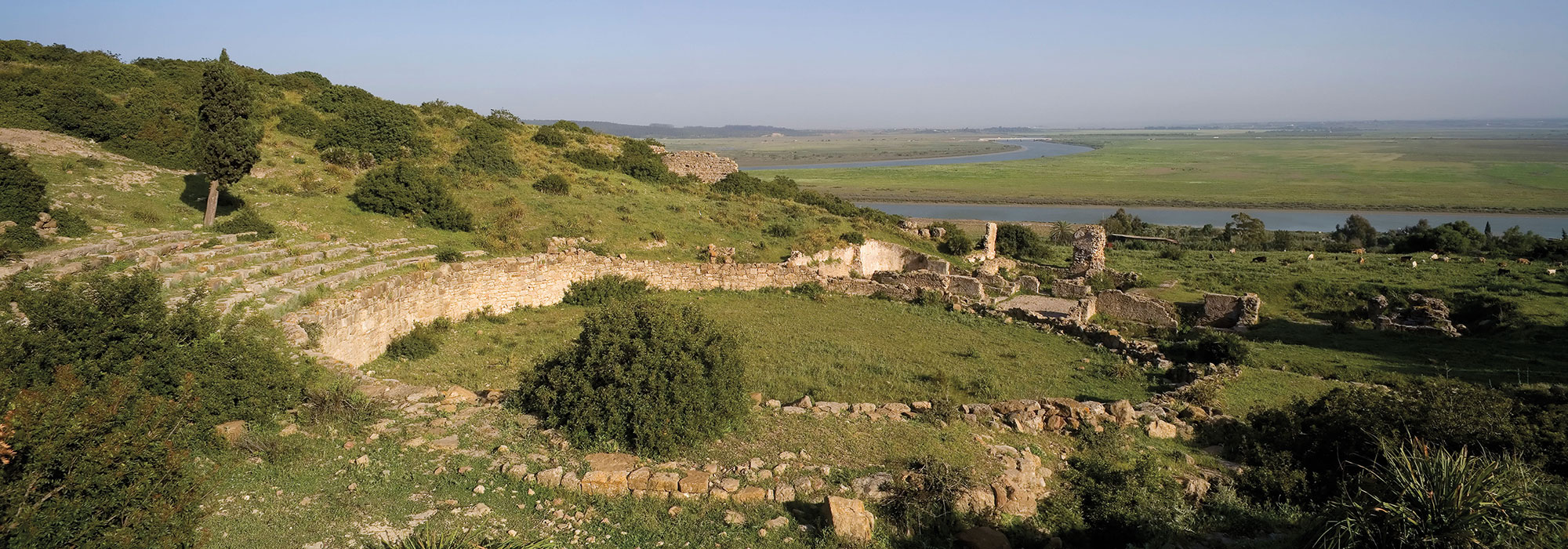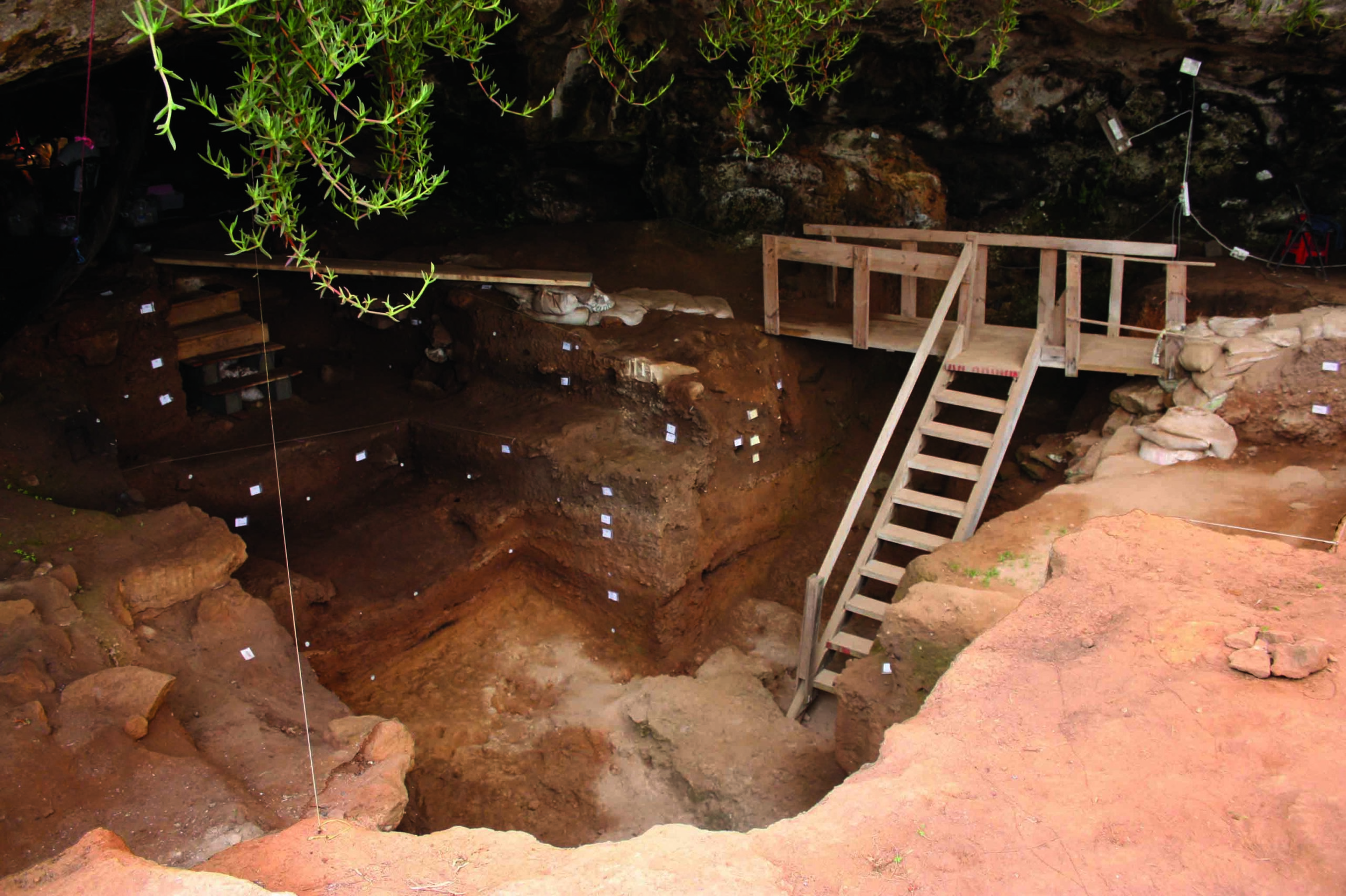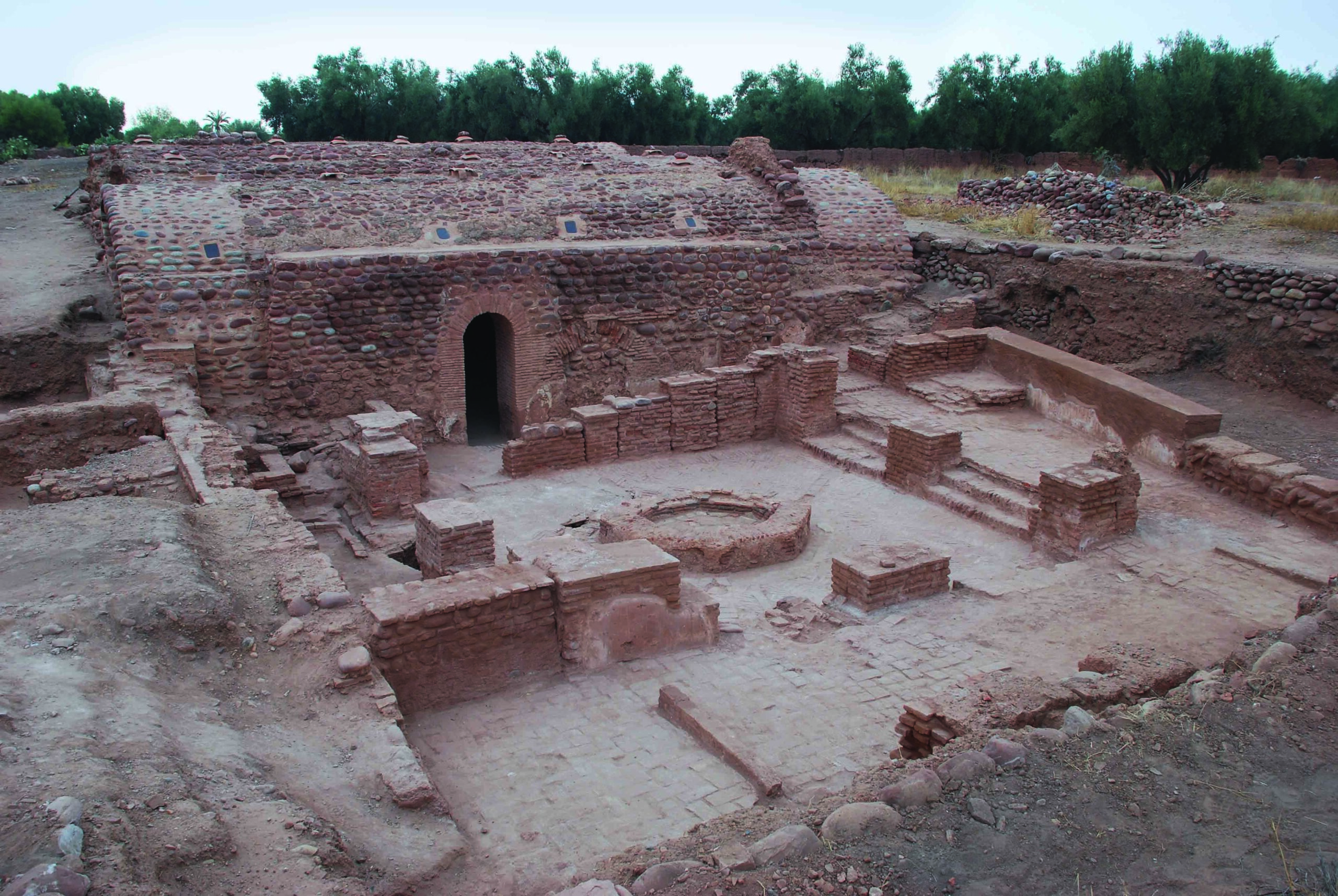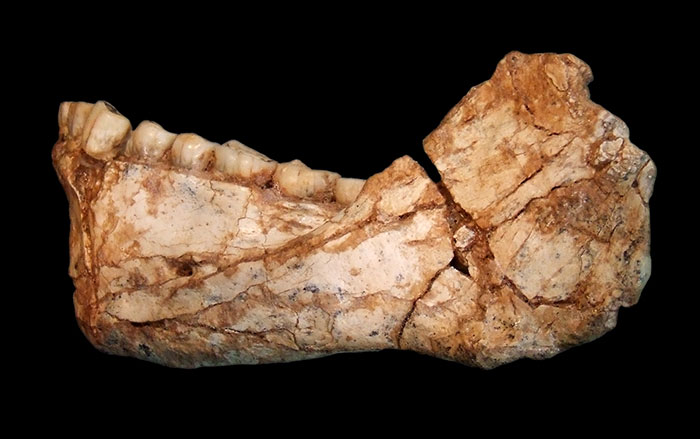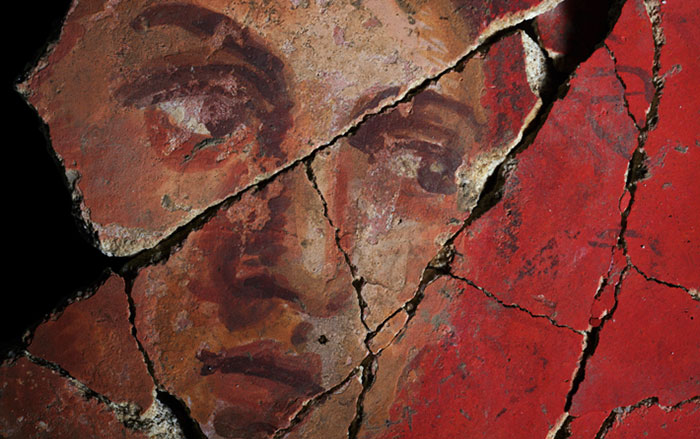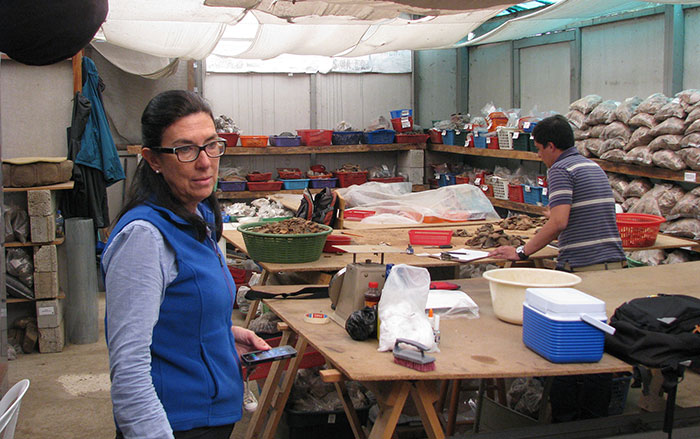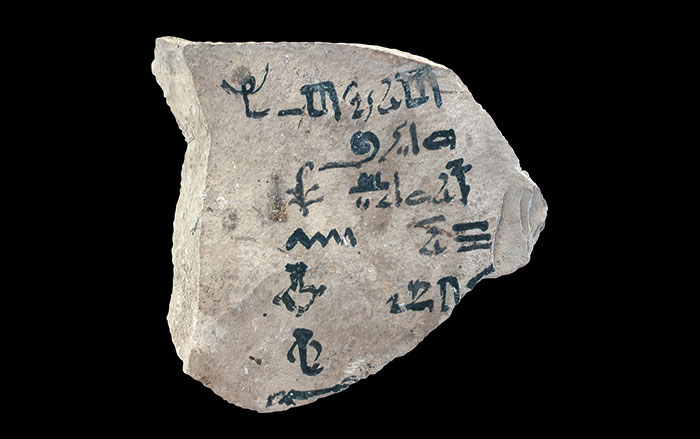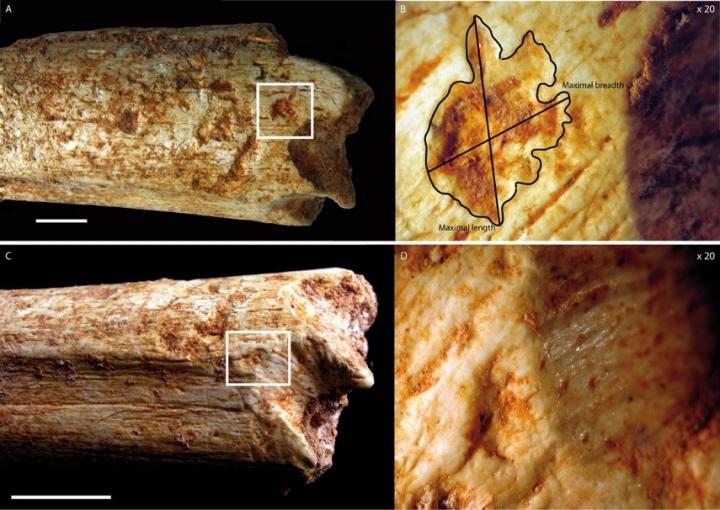
PARIS, FRANCE—Camille Daujeard and Denis Geraads of France’s National Museum of Natural History recently examined a hominin femur recovered from a Moroccan cave in 1994. Likely to have belonged to Homo rhodesiensis, the bone is covered with tooth marks that the researchers say were left by a large carnivore, possibly an extinct hyena. A report in Live Science adds that the marks were covered with sediment, so they were likely to have been made at the time of the hominin’s death or shortly after it. “During this period, early humans likely competed for space [such as natural caves] and resources with large carnivores, who occupied many of the same areas,” said Daujeard. The cave also contained the bones of animals such as gazelles and jackals, and stone tools dating to the Middle Pleistocene, between 781,000 and 126,000 years ago. Hominins are also thought to have scavenged and hunted large carnivores at this time. To read more about Pleistocene archaeology, go to "An Opportunity for Early Humans in China."


